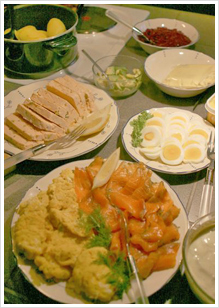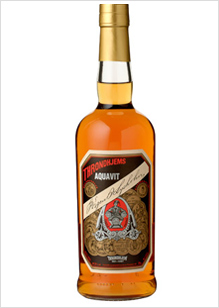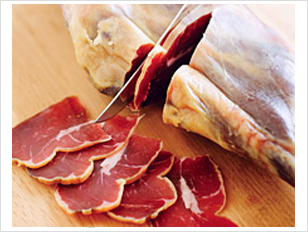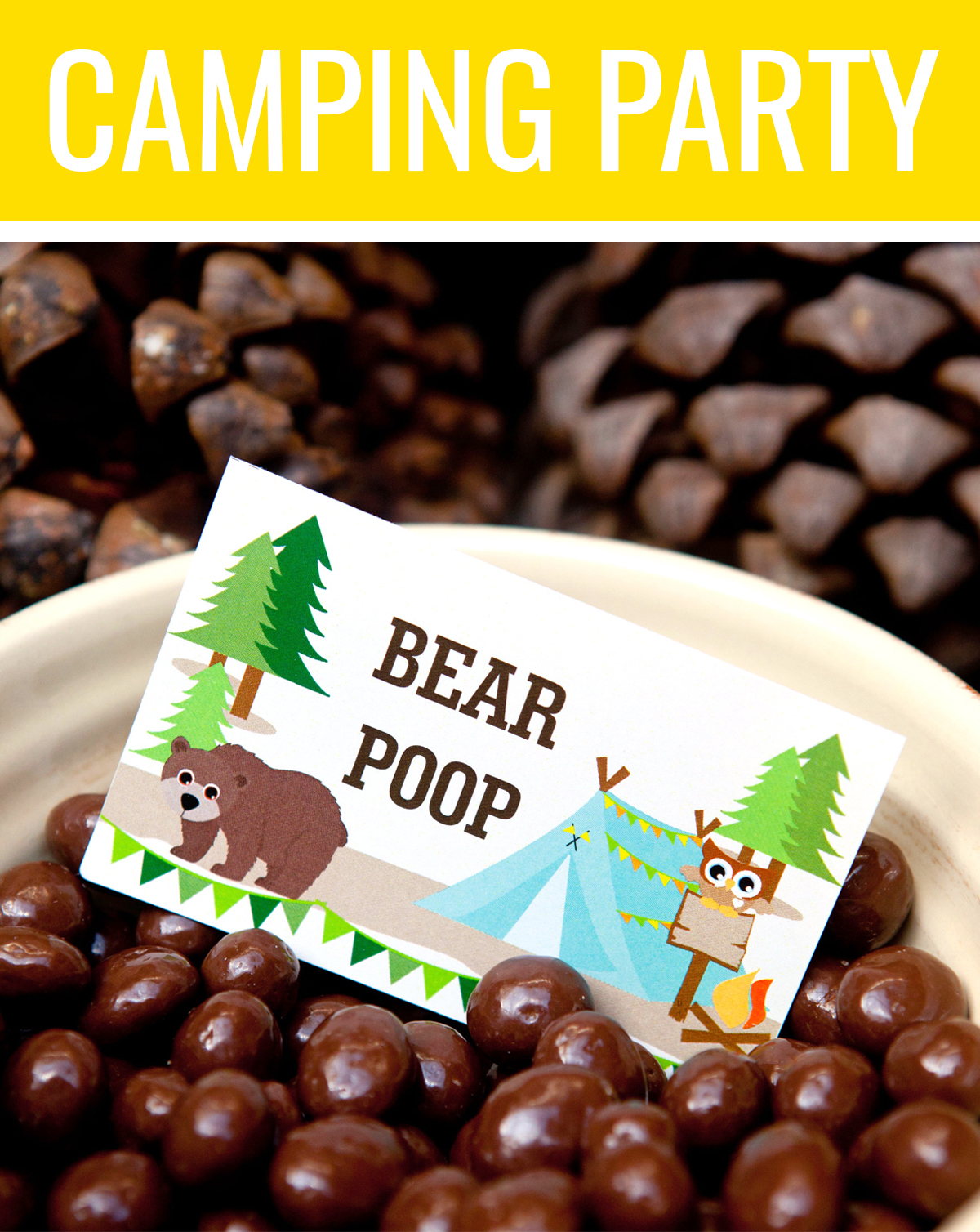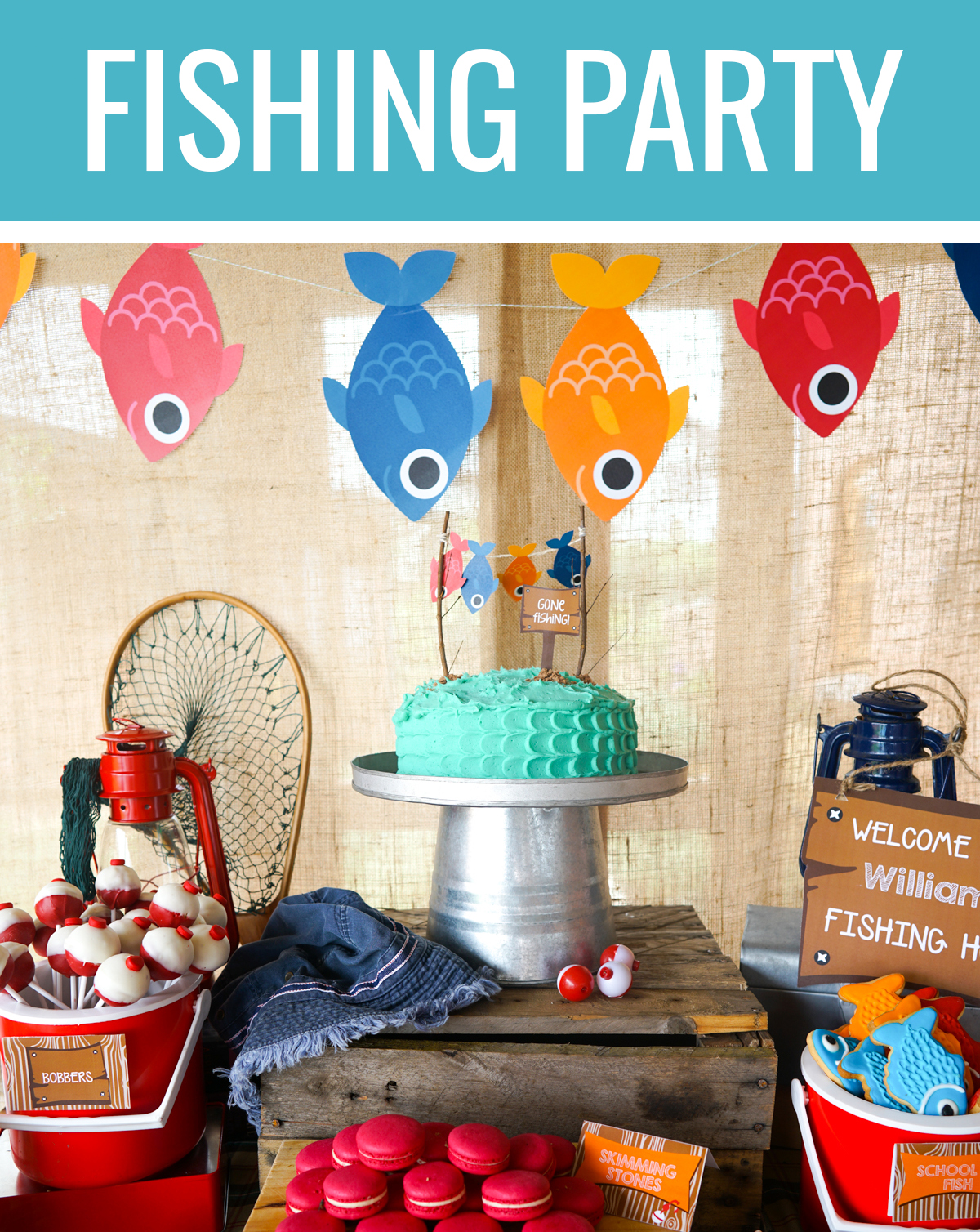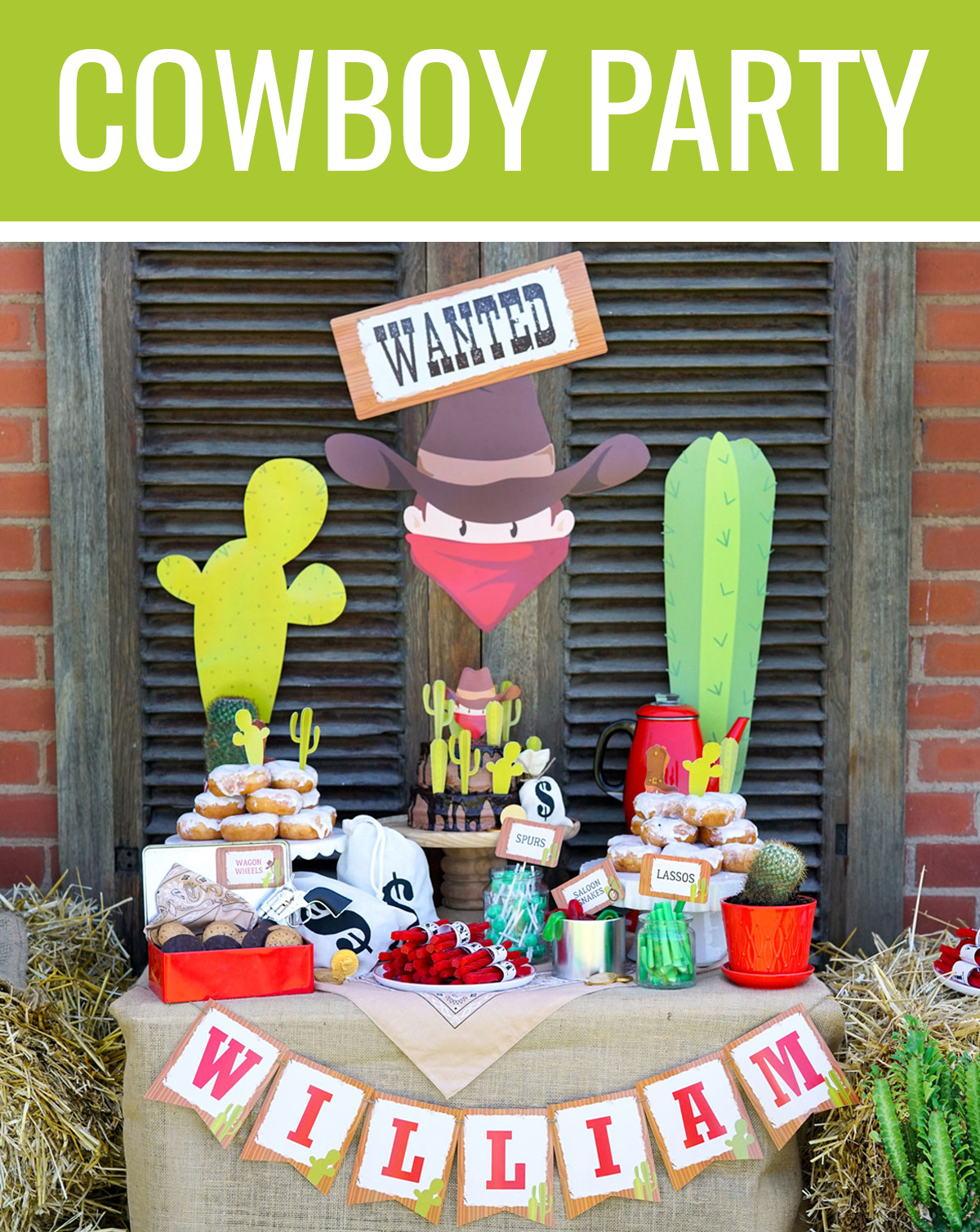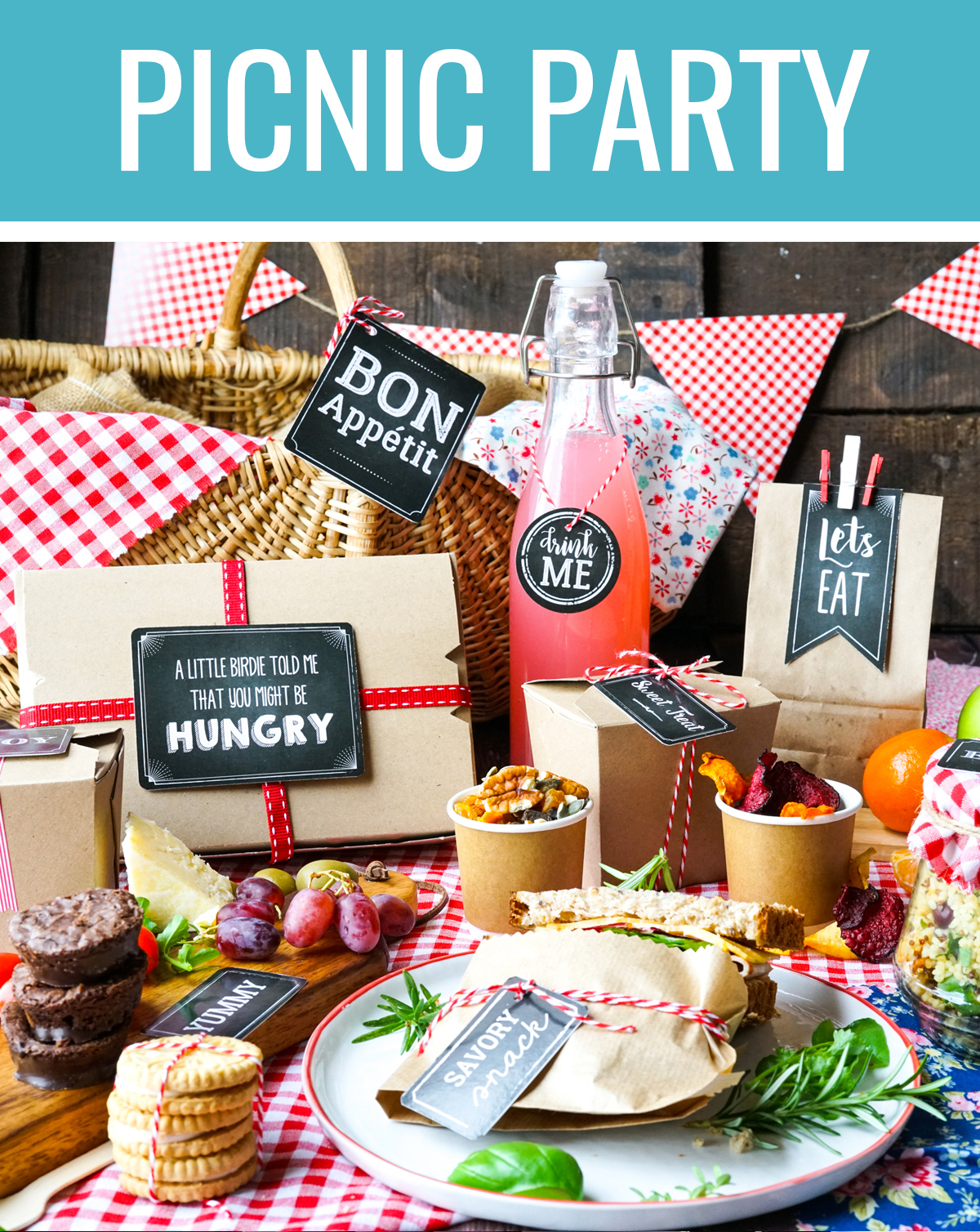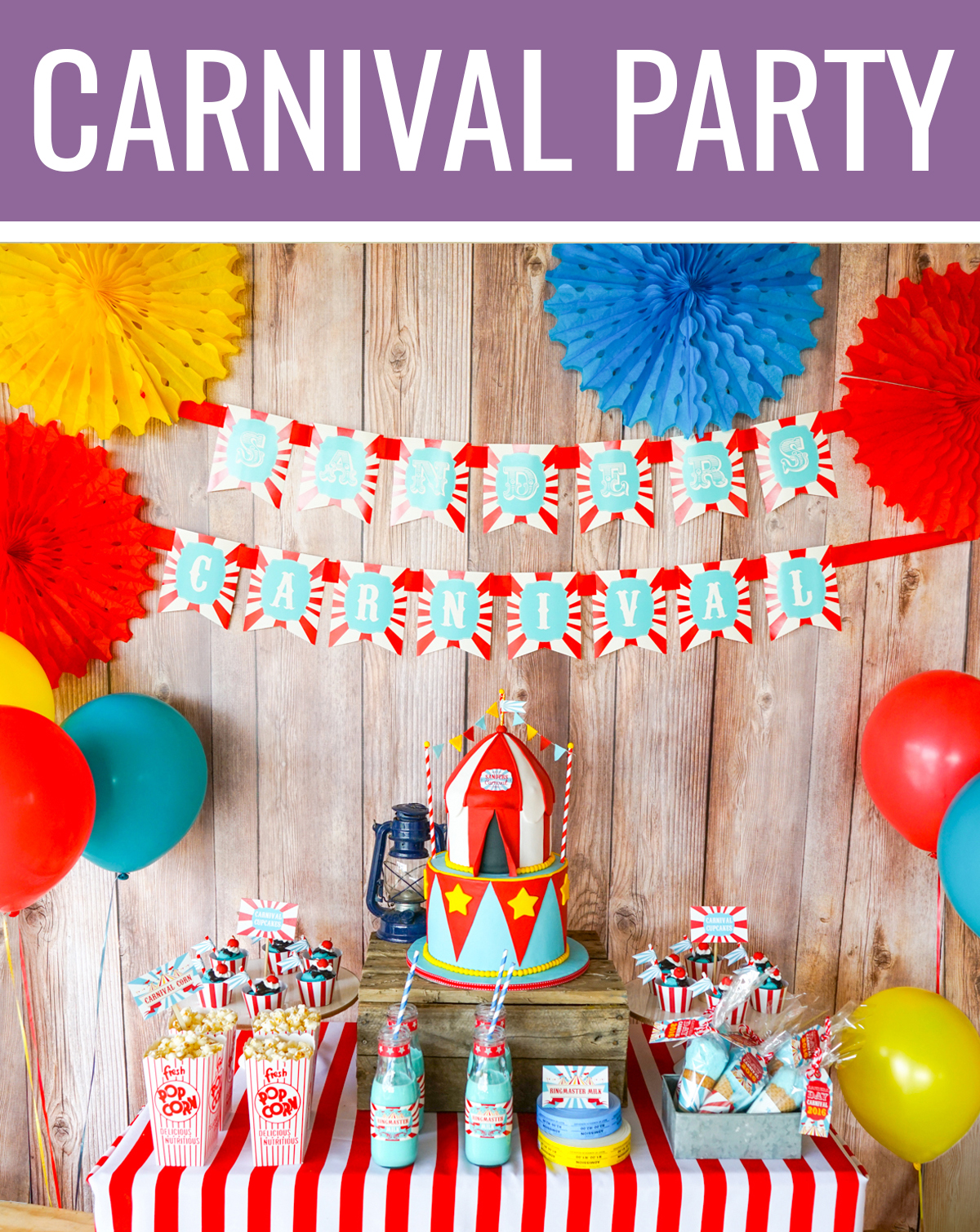Norwegian cuisine in its traditional form is based largely on the raw materials readily available in Norway and its mountains, wilderness and coast. It differs in many respects from its continental counterparts with a stronger focus on game and fish.
Modern Norwegian cuisine, although still strongly influenced by its traditional background, now bears the marks of globalisation, however. Pastas, pizzas and the like are as common as meatballs and cod as staple foods, and urban restaurants sport the same selection you would expect to find in any western European city.
The one traditional Norwegian dish with a claim to international popularity is the smoked salmon. It is now a major export, and could be considered the most important Norwegian contribution to modern international cuisine. Smoked salmon exists traditionally in many varieties, and is often served with scrambled eggs, dill, sandwiches or mustard sauce. Close to smoked salmon is gravlaks (literally “dug salmon”), which is salt-and-sugar-cured salmon seasoned with dill and other herbs and spices. Gravlaks is often sold under more sales-friendly names internationally. A more peculiar Norwegian fish dish is Rakfisk, which consists of fermented trout.
People will gather for krabbelag (“crab party”) feasts, either eating ready cooked crabs from a fishmonger, or cooking live crabs in a large pan. This is typically done outdoors, the style being rather rustic with only bread, mayonnaise and wedges of lemon to go with the crab. Crabs are caught in pots by both professionals and amateurs, while prawns are caught by small trawlers and sold ready cooked at the quays. It is popular to buy half a kilo of prawns and eat it at the quays, feeding the waste to seagulls. Beer or white wine is the normal accompaniment.
A typical Norwegian brunch spread
Photo by: Katrine Anker-Nilssen
High cuisine is very reliant on game, such as moose, reindeer duck, and fowl. These meats are often hunted and sold or passed around as gifts, but are also available at shops nationwide, and tend to be served at social occasions. Because these meats have a distinct, strong taste, they will often be served with rich sauces spiced with crushed juniper berries, and a sour-sweet jam of lingonberries on the side. Preserved meat and sausages come in a bewildering variety of regional variations, and are usually accompanied by sour cream dishes and flat bread or wheat/potato wraps.
Lamb’s meat and mutton is very popular in autumn, mainly used in fårikål (mutton stew with cabbage). Pinnekjøtt, cured and sometimes smoked mutton ribs that is steamed for several hours, is traditionally served as Christmas dinner in the western parts of Norway. Another Western specialty is smalahove, a smoked lamb’s head.
Fruits and berries mature slowly in the cold climate. This makes for a tendency to smaller volume with a more intense taste. Strawberries, blueberries, lingonberries, raspberries and apples are popular and are part of a variety of desserts, and cherries in the parts of the country where those are grown. The wild growing cloudberry is regarded as a delicacy. A typical Norwegian dessert on special occasions is cloudberries with whipped or plain cream.
Cheese is an export, in particular the plain-brand favourite Jarlsberg cheese. The sweet geitost or brown/red cheese (not a true cheese, but rather caramelised lactose from goat milk or a mix of goat and cow milk) is very popular in cooking and with bread.
Norway has a particularly strong affinity with coffee, and is according to Nationmaster the world’s leading coffee consumer, with the average Norwegian drinking 160 litres, or 10.7 kg of coffee each year. Coffee plays a large role in Norwegian culture, and it is common to invite people over for coffee and cakes, and to enjoy cups of coffee with dessert after the main courses in get-togethers. The traditional way of serving coffee in Norway is plain black, usually in a mug, rather than a cup.
Both industrial and small-scale brewing have long traditions in Norway. Restrictive alcohol policies have encouraged a rich community of brewers, and a colourful variety of beverages both legal and illegal. The most popular industrial beers are usually pilsners and red beers (bayer), while traditional beer is much richer, with a high alcohol and malt content. The ancient practice of brewing Juleøl (Christmas beer) persists even today, and imitations of these are available before Christmas, in shops and, for the more potent versions, at state monopoly outlets. The climate has not been hospitable to grapes for millennia, and wines and more potent drinks are available only from the wine monopolies.
Distilled beverages include akevitt, a yellow-tinged liquor spiced with caraway seeds, also known as akvavit or other variations on the Latin aqua vitae – water of life. The Norwegian “linie” style is distinctive for its maturing process, crossing the equator in sherry casks stored the hull of a ship, giving it more taste and character than the rawer styles of other Scandinavian akevittar.
… Now, get hold of a bottle of akevitt, some smoked salmon and cured Norwegian game meat, and have a merry, wonderful Christmas Eve full of peace, joy and happiness!
Norwegian Fenalår
Photo: www.apertif.no
Reference: wikipedia

